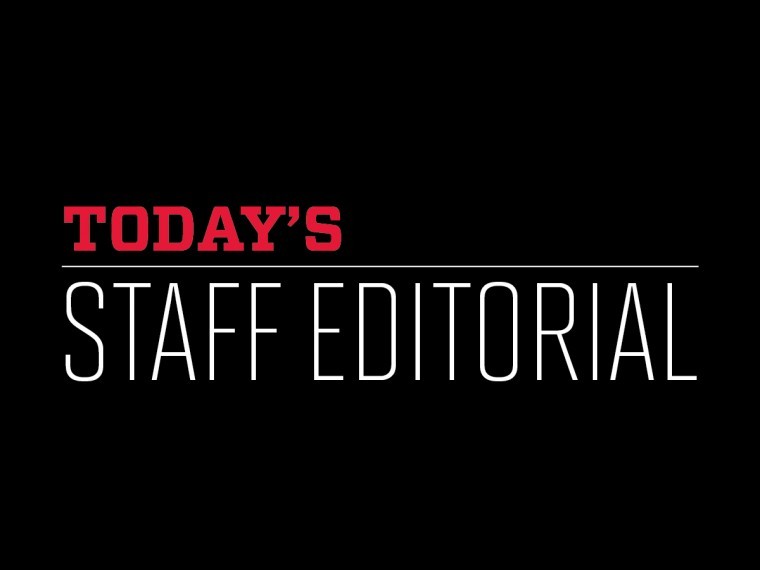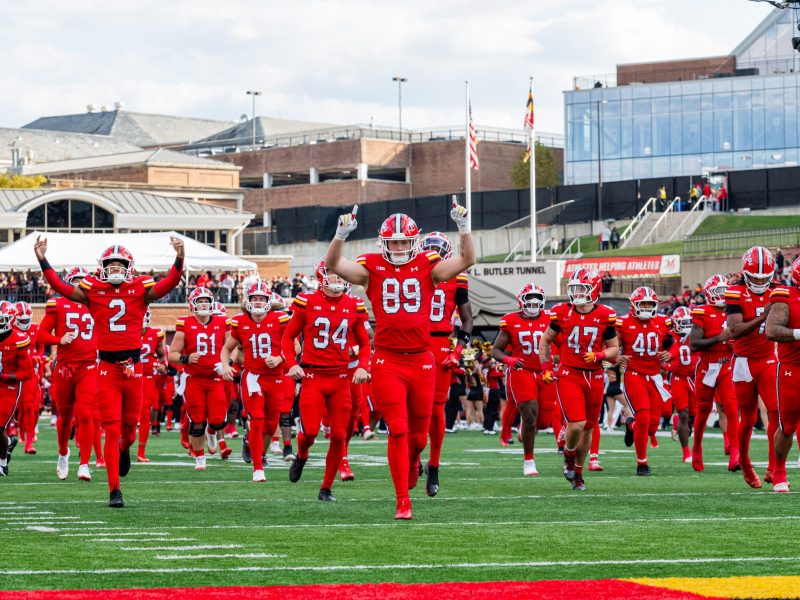
Today’s Staff Editorial
Just more than a year after university President Wallace Loh’s announcement that this university would move from the ACC to the Big Ten in July 2014, the initial backlash from students, alumni and fans has long since dissipated.
The public outcry may have faded, but for now, this university’s future still appears to hang in the balance. With seven months to go before the official move, a number of crucial facets still seem very much up in the air.
The university remains embroiled in a legal battle with the ACC over the $52 million exit fee. And after a Prince George’s County judge halted the university’s lawsuit against the conference and a North Carolina appeals court rejected the university’s attempt to dismiss the ACC’s litigation, that conflict looks far from resolved.
The Big Ten’s geography further complicates the move. While the ACC’s members are mostly along the East Coast, the Big Ten’s schools mostly spread across the Midwest. The move will all but eliminate bus travel to away games, forcing athletic teams to travel by plane and muddying the university’s firmly established sustainability initiatives.
Beyond complicating adherence to green principles, however, the increased traveling distance will hit the university’s pocketbook even harder. Travel costs are projected to double from $3 million to $6 million, no small figure for a heavily indebted athletic department forced to cut seven teams the summer before the Big Ten announcement. And while Loh and Athletic Director Kevin Anderson have stated the issue is mostly resolved, allocation of funds has proven problematic for the department in the past.
The profound cultural shift from the ACC to the Big Ten compounds these financial issues. This university’s football attendance — lackluster even in the basketball-crazed ACC — pales in comparison to Big Ten schools such as the University of Michigan and Penn State, which regularly draw more than 90,000 fans to home football games.
Truth be told, “lackluster” hardly begins to cover this university’s lukewarm support for the Terrapins football team’s first winning season since 2010. Fostering a cultural turnaround will take time — certainly longer than the several months until the conference change.
It’s clear that many of the biggest questions facing the university remain unanswered as the move draws closer. In the face of such uncertainty, it’s important for the athletic department and university administrators to concentrate their efforts on what they can control.
The exit fee battle’s outcome is essentially out of university officials’ hands. Both the bid to dismiss the ACC’s lawsuit and the university’s countersuit have failed. The university could very well be required to pay the $52 million, and as such, it should proceed prudently without overstretching its resources.
However, at its core, the motivation behind the move was money — and the university is slated to reap the benefits from the switch to the revenue-sharing Big Ten. The university is expected to earn nearly $100 million more than it would’ve in the ACC by 2020 and will net an estimated $32 million in the 2014-15 academic year, according to Sports Illustrated. Moreover, the Big Ten has conceded a subsidy worth tens of millions of dollars to help cover increased travel costs, The Baltimore Sun reported in March.
Those sums will likely secure financial stability, with or without paying the exit fee. Assuming the athletic department avoids falling into the same fiscal hole in which it found itself in 2012, one task remains: bringing this university up to par with the Big Ten athletic culture.
The majority of this university’s athletic programs should remain competitive in the Big Ten and more than a few should emerge dominant. Officials have already formulated preliminary plans to build an indoor practice facility for football, something each of the conference’s member schools already have in use. The largest undertaking left on the table is rallying a university community frequently criticized for its underwhelming turnouts at sporting events in advance of joining a conference with some of the nation’s largest and most ardent fan bases.
As the conference move hastens ever nearer, little seems certain. But with farsighted action on the athletic department and university officials’ behalf, a move in which many outcomes are still up in the air can only prove positive.



